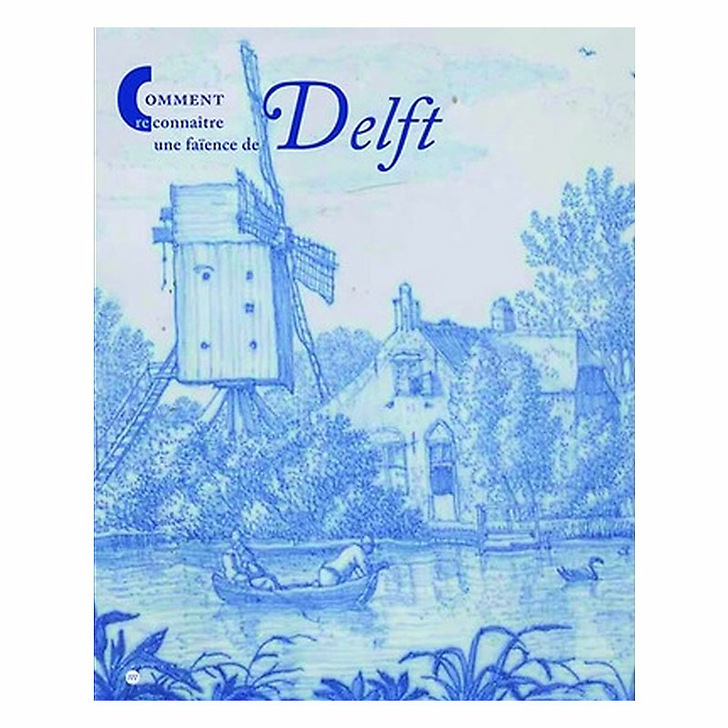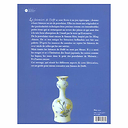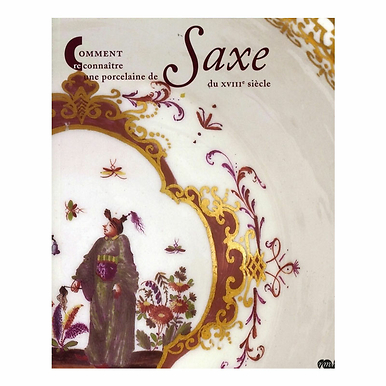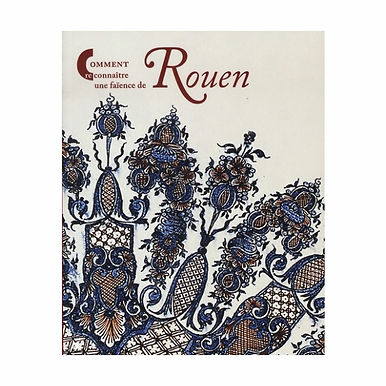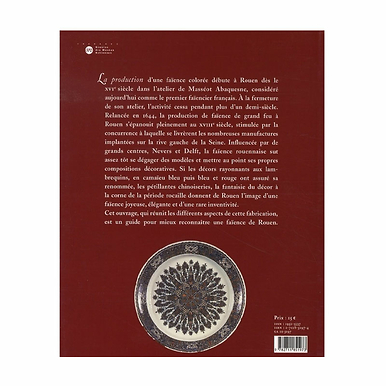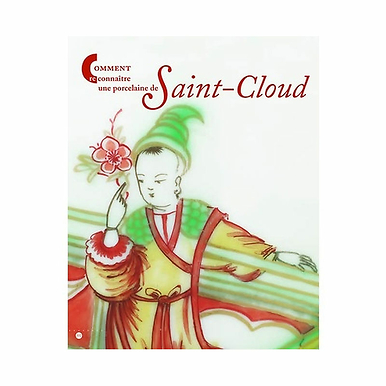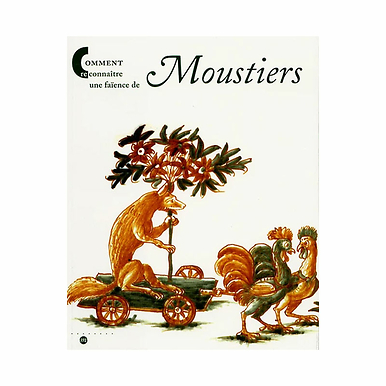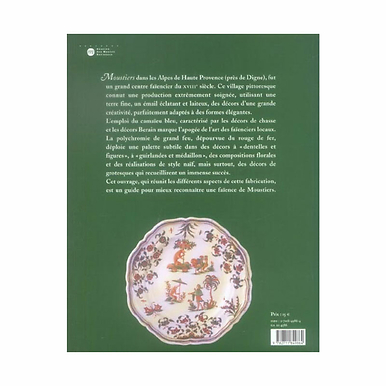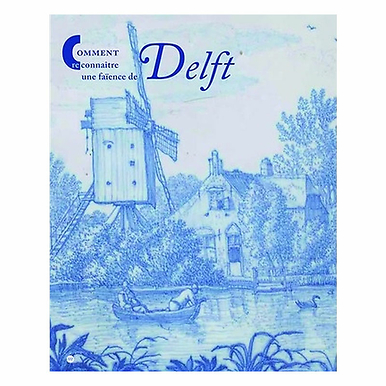How to recognize a Delft earthenware
GA104936
Written in French.
The Delft earthenware makers played an ambiguous game: they gave their earthenware a porcelain look. They derived their originality and specific technical characteristics from this, such as the innumerable small holes on the reverse side of the pieces, which are due to the very strong...
Read more
Written in French.
The Delft earthenware makers played an ambiguous game: they gave their earthenware a porcelain look. They derived their originality and specific technical characteristics from this, such as the innumerable small holes on the reverse side of the pieces, which are due to the very strong absorption of the glaze by the clay it covers.
From porcelain comes the famous blue, inspired by the Chinese Ming. Dutch pottery makers have made a palette from this unique tone. From the shades of the cameo one can identify the 17th century earthenware from those that followed.
But not all Delft pottery is blue. There are also reds and golds in imitation of Japanese Imari, blacks like lacquers, pinks in the style of Meissen porcelain... And many more.
This book, which brings together the different aspects of this production, is a guide to getting to know Delft earthenware better.
Written in French.
62 pages
Rmn - Grand Palais Publishing
Close
Login to see prices
Sold by GrandPalaisRmn

